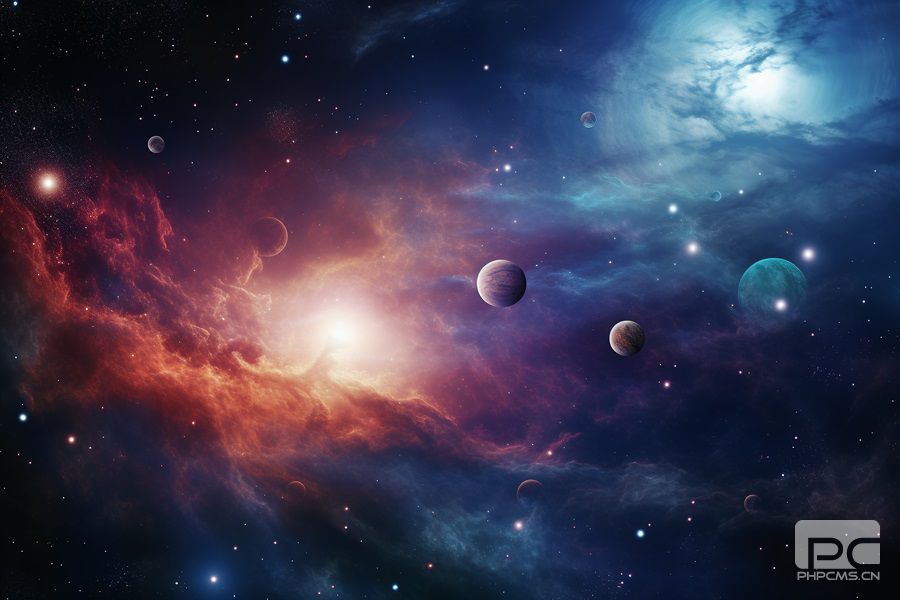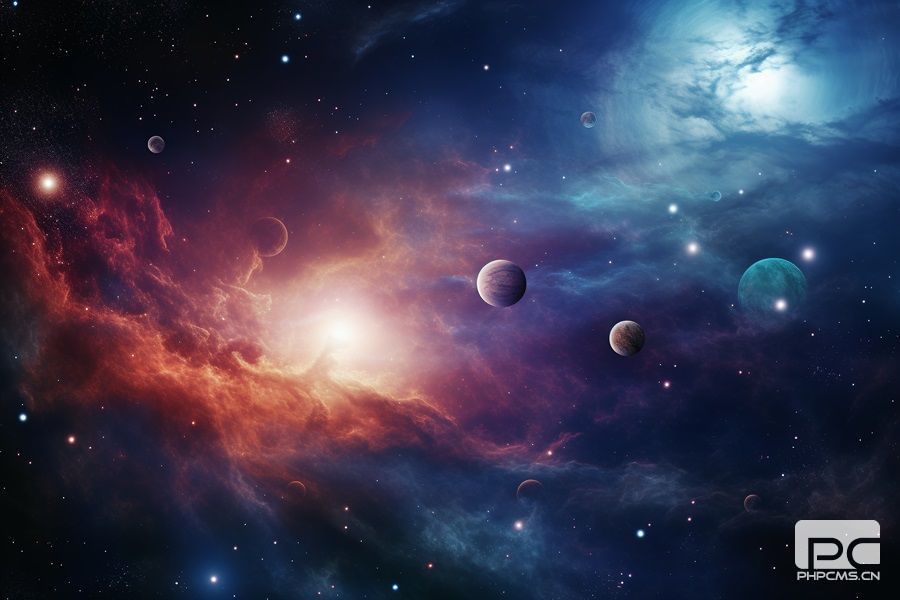While observing the distant cosmos, an international team of astronomers using the James Webb Space Telescope has made a remarkable discovery—a galaxy named ceers-2112 that resembles our Milky Way. This finding challenges key theories about the evolution of galaxies.

Ceers-2112 is a spiral galaxy with a bar-shaped structure similar to our Milky Way and is the most distant of its kind observed so far. The central bar of this structure is composed of stars, and the galaxy formed shortly after the Big Bang, estimated to be around 13.8 billion years ago, with its unique structure established 2.1 billion years into the cosmic evolution.
Dr. Luca Costantin, who led the study, stated in a release, "Unexpectedly, this discovery reveals that galaxies like our Milky Way existed when the universe was only 15% of its current age, about 11.7 billion years ago." This observation is inspiring for scientists, as during the same period, other galaxies were generally more irregular. While large spiral galaxies like the Milky Way are common in the cosmic neighborhood, it wasn't the case in the early universe.
The discovery was made possible by the high sensitivity of the James Webb Telescope's light detection capabilities, altering scientists' understanding of galaxy formation and the early stages of the universe's evolution. Alexander de la Vega, a co-author of the study, stated, "The discovery of ceers-2112 suggests that galaxies in the early universe might be as organized as the Milky Way." He added, "This is surprising because galaxies in the early universe were expected to be more chaotic, with few structures resembling the Milky Way."
Previous astronomers believed that bar-shaped structures like the one seen in the Milky Way only appeared when the universe was at least half its current age, as the central bar formation in galaxies was thought to require billions of years of evolution. However, the discovery of ceers-2112 suggests that this evolution may have occurred in approximately one billion years or even less.
De la Vega said, "Almost all bar structures exist within spiral galaxies. The bar structure in ceers-2112 indicates that the maturity and orderliness of a galaxy occurred much faster than we previously thought, implying that some of our theories about galaxy formation and evolution need to be revised."
An important aspect of the new discovery is the investigation into dark matter. De la Vega believes that astronomers need to modify their models of galaxy formation and evolution by considering the mass of dark matter present in early galaxies. Although dark matter has never been directly detected, it is believed to constitute 85% of the total matter in the universe. The European Space Agency's Euclid Telescope is designed to map the distribution of dark matter. Dark matter may have played a role in the formation of galaxies.
This discovery also suggests that, although the oldest galaxies are much smaller, bar-shaped structures in early galaxies can be detected. "The discovery of ceers-2112 paves the way for detecting and estimating the properties of bar structures in galaxies like ceers-2112," De la Vega said. "Initially, I thought detecting and estimating the properties of bar structures in galaxies like ceers-2112 would be fraught with measurement uncertainties. However, the powerful capabilities of the Webb Space Telescope and the expertise of our research team allowed us to accurately constrain the size and shape of the bar structure."




Copyright © 2023.Yooke studio All rights reserved.
PKWEEKLY NEWS








